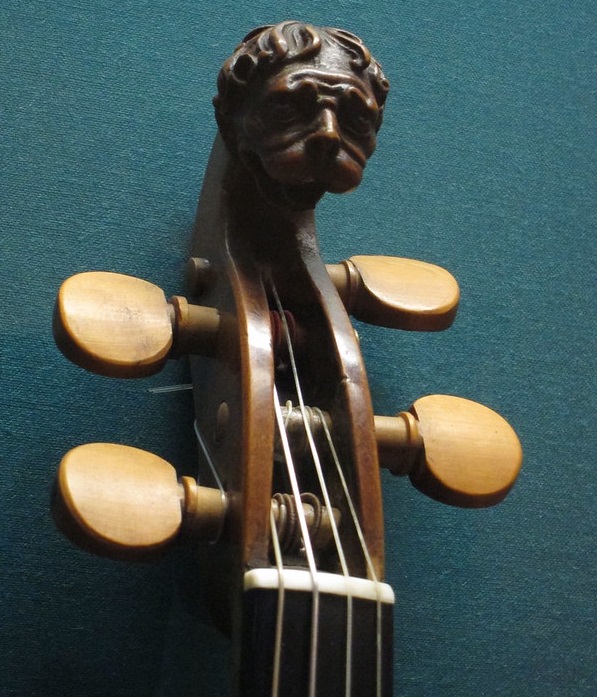The Case of the Squeaky “E”
Posted on October 3, 2019

One of the things I’ve been struggling with lately, which you’ll see all through my practice log, is what I’ve been calling the Squeaky E. I’ve started having this issue when playing songs (like Angelina Baker) that require a string switch from E to A, usually when I try to play at full tempo. Basically, the E string is squeaking on string changes.
This has become a hindrance to my progress at this point because I’m not able to play the last two songs I’ve tried to learn at full tempo without squeaks. If I play them slowly, I’m generally okay. But that’s not where I want to be before moving on to learn a new tune.
I’ve tried lots of approaches – I wondered if it was the bow. Tried my other bow. Nope. Wondered if it was the way my violin is strung. Dragged out the VSO… and same squeaking. So it has to be operator error.
I went to the wisdom of YouTube to look up Squeaky E. Watched several videos and ruled out mechanical or setup issues. In the end, it pretty much boils down to what I suspected – I’m just not making string changes clean enough. I go from E to A and still hit the E string just slightly, which causes a tiny squeak as I try to play the note on the A string.
It’s driving me batty!
So, I refocused my research on how to make cleaner string changes. I came across this video that has actually helped me think about it a little differently.
Here, she describes string changes as a two step thing. Stop the bow motion, then make the switch before continuing to bow.
Now, this sounds easy and intuitive, but when I’m trying to keep up with a song at full tempo, sometimes I find myself over-eager to go for the next note. So all of my motions are blending into each other, which leads me to hitting more than one string, even if just a tiny bit (to make a squeak). At least, I think this is what’s happening.
I’ve tried to be more mindful of the stop and switch that she describes here, and that seems to have helped just a little. I still need to spend time practicing it slowly, I feel, and working up my speed. It’s when I go to full tempo that I start getting caught on things.
Even when my fingers do the right thing on the fingerboard, my bow is not always on point. I think that’s part of what makes this instrument so challenging!
Leave Your Thoughts!
Archived Comments
Jim Guinn - Thursday, October 3, 2019
Just another point, I think part of the problem is the bow is in it's most vertical position when playing the E string and that leads to less pressure applied by gravity to the string. I have to remember to apply pressure.
Aywren - Thursday, October 3, 2019
That's a good point!
I also find it's the most awkward string to play when it comes to the bow. I used to practice sitting down with my EEI lessons because it hadn't introduced the E string yet. But now that I'm playing on the E string, I find I almost have to stand up not to feel all crowded while bowing.
Jim Guinn - Thursday, October 3, 2019
I have the same problem. I know exactly what you mean with Angeline the Baker. (I was just playing it this morning with my version of the squeaky E. ) I am also having the problem as I try to bring Swallowtail Jig up in tempo. I tend to hit the E string too lightly and/or slide up towards the bridge or down towards the scroll. My teacher told me in my 2nd lesson that the E string drives most folks crazy for a while. Good video you posted. Thanks!
Aywren - Thursday, October 3, 2019
The one thing I learned from all the videos I watched was just what your teacher said - it seems just about everyone has E string annoyances. Seems like some folks buy specific types of E strings sometimes, and I didn't quite understand why until now. I personally think my brand of string is fine... it's mostly just me. :)
While I do have some string crossing issues with the other strings, it's nowhere near as much as the E string. Now I understand why the EEI learning books didn't teach that string until way later!